Calling It: The Dance Trends We’re Predicting for the ’20s
What will the next 10 years in the dance world bring us? The team at Dance Magazine has a few predictions.
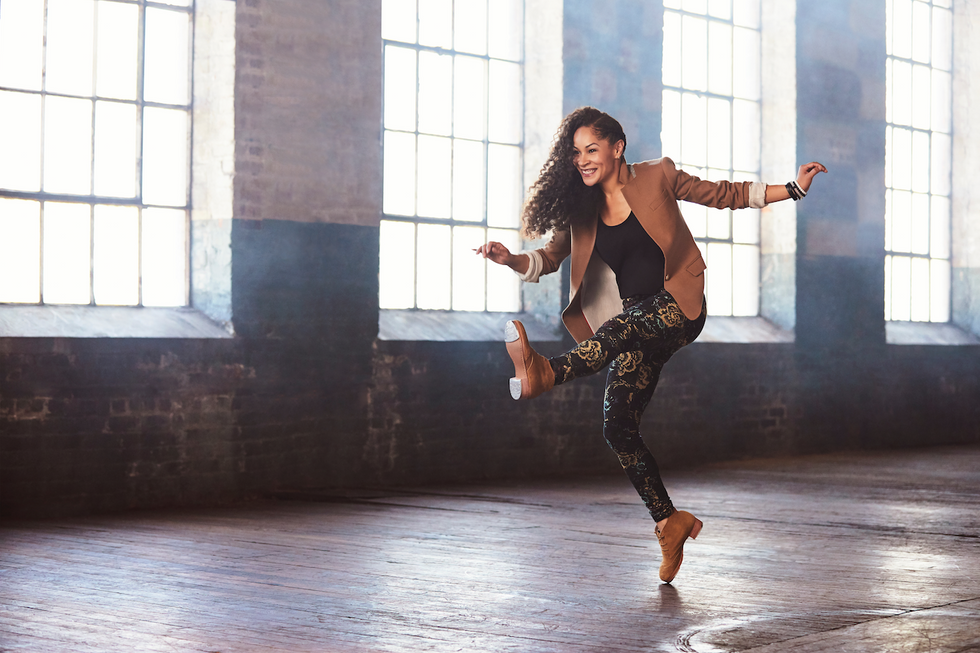
Tap will make a major comeback.
After years of feeling like dance’s ignored stepchild, tap seems poised for a renaissance.
Today, Michelle Dorrance is no longer the only tap artist making mainstream waves. Ayodele Casel has come back on the scene in her 40s even more radiant than she was when she was younger. Dormeshia is dominating stages by showing off how stylish feminine tap can be. And Caleb Teicher is experimenting with sounds and gender roles as much as he is with other dance styles.
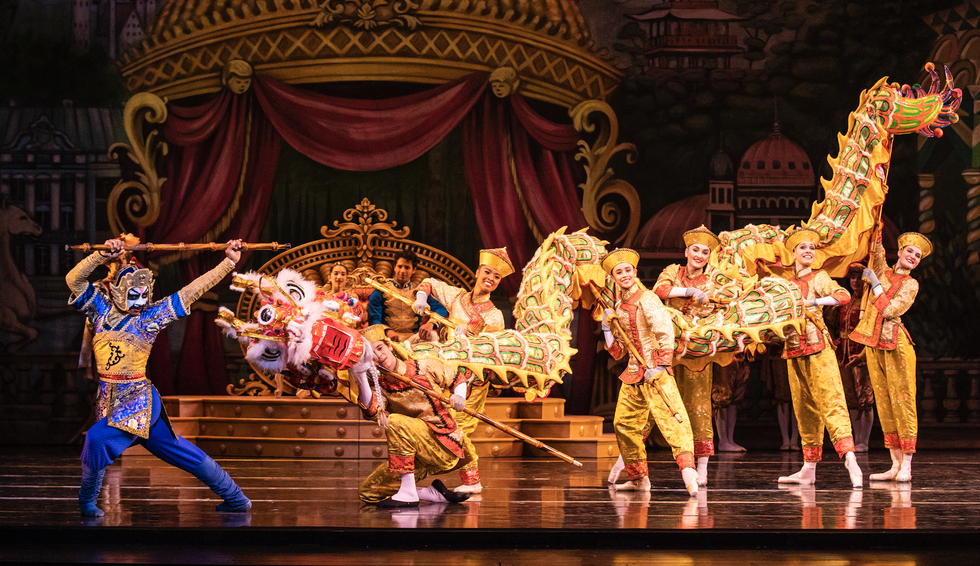
Nutcracker‘s Chinese divertissement. Courtesy Ballet West
Ballets will get woke.
Just few years ago, you could expect pushback on any suggestions that the choreography of classic ballets should change because it might be offensive to today’s audiences. “It’s tradition,” they’d argue. “It’s how Petipa made it,” they’d say. “If you change one part, where do the changes stop?” they’d ask.
Now, thanks in large part to Phil Chan and Georgina Pazcoguin’s work with Final Bow for Yellowface, companies are realizing that there are appropriate ways to make respectful updates without losing any of the original magic.
(Though, admittedly, this might take a bit longer in Russia.)
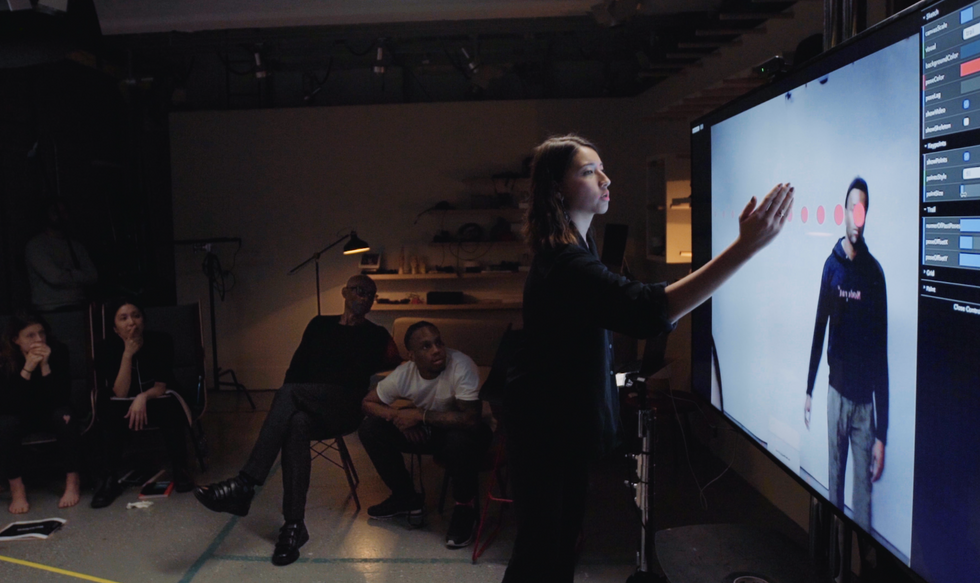
Body, Movement, Language at the Google Creative Lab Courtesy Man
A generation of dancer/scientists will emerge.
Choreographers have long collaborated with scientists on various projects that dip into both fields. But lately, we’ve been hearing about more dancers who not only collaborate with scientists—they work in science and tech themselves.
Former Zurich Ballet and Boston Ballet dancer Merritt Moore, who is pursuing her PhD in quantum physics and trying to become an astronaut, might get the most press. But she has several peers with similarly impressive careers.
For starters, there’s one of our 2020 “25 to Watch” Maya Man, a technologist at Google who’s an excellent hip-hop dancer and works with Bill T. Jones. And one of last year’s “25 to Watch” Adeene Denton, who’s working toward her PhD in planetary geology, using her dance knowledge to consider how bodies might move in interstellar travel. Choreographer Catie Cuan is a roboticist getting her PhD in mechanical engineering at Stanford. Over at University of Illinois Urbana-Champaign they even have their own Robotics Automation, and Dance Lab.
In the next decade, we imagine all kinds of scientific fields will be profiting from the unique knowledge of dancers.
Dancewear will grow ever more inclusive.
As the dance world works to become more diverse, dancewear is following suit.
Some manufacturers have already started making pointe shoes and tights in a range of skin tones, and brands that don’t already offer a full spectrum of “nude” are likely going to have to play catch-up. Soon, we expect to see more plus-size options become available. And we won’t be surprised if there are more men’s pointe shoe options to join Siberian Swan, as well as more clothing designed to be gender neutral for those who don’t fall into the leotard-and-pink-tights or white-T-shirt-and-black-tights binary.
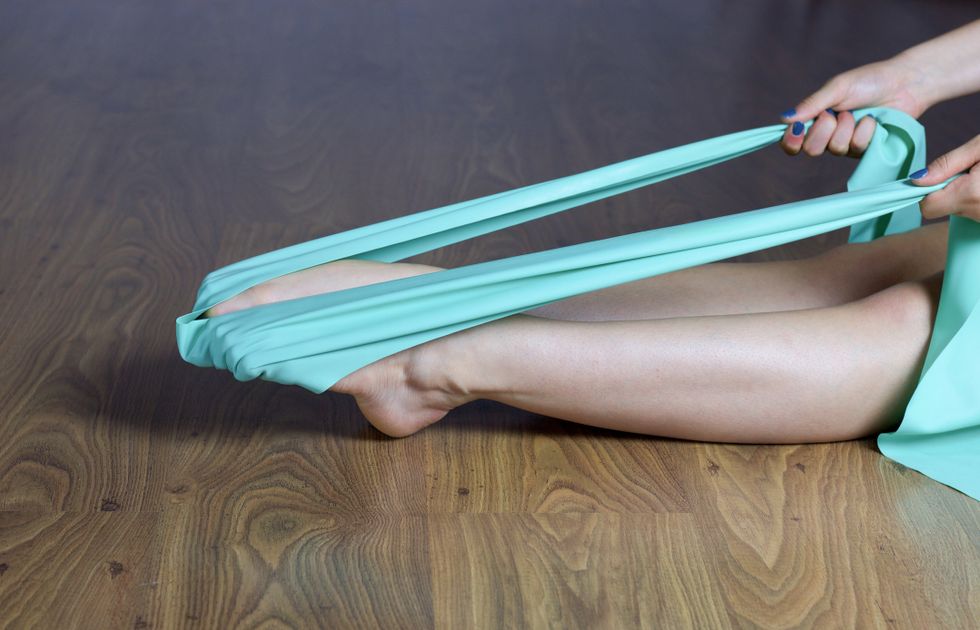
The focus on dancer health will broaden.
Dancers today are hungry for knowledge about how to get the most out of their bodies, and, thankfully, there seems to be more dance medicine experts available to help them than ever before. A decade ago, if you searched for a dietitian with a real dance background, for instance, the options were limited. Now, you can find many who not only understand the toll dance takes on the body but also the specific quirks of dance culture.
What we’re not seeing enough of yet: True mental health care for dancers. Yet as more people are speaking out about the psychological toll of a dance career, expect to see more experts in this area available to address their needs—and hopefully more support beyond help for eating disorders.
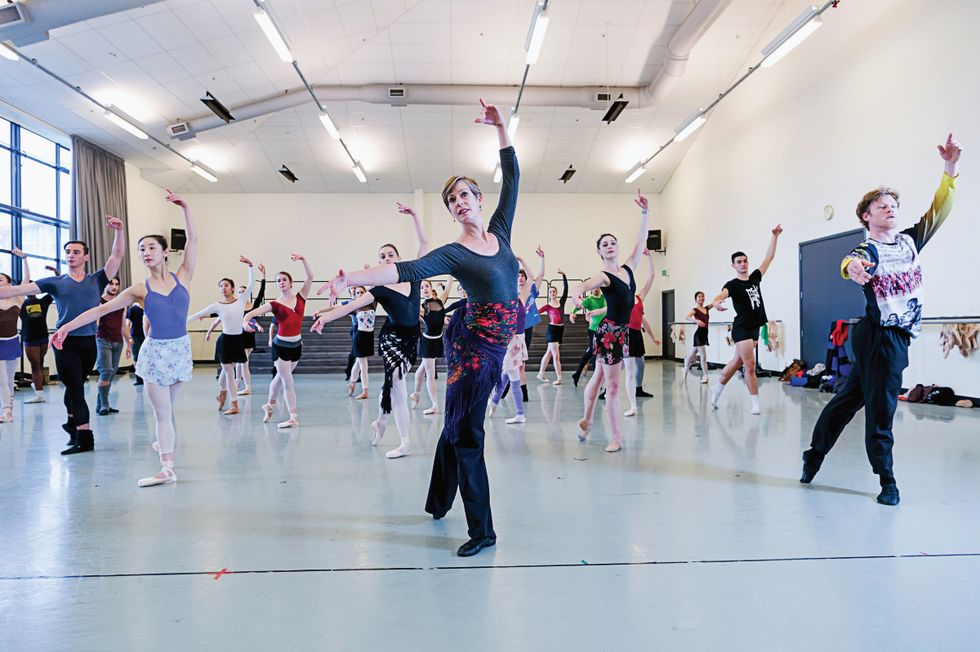
Stephen A’Court, Courtesy RNZB
There will be more female leaders.
The new Dance Data Project is determined to share the real stats on how many leadership opportunities in ballet are held by women. Unfortunately, the numbers right now look pretty dismal. But we’re optimistic that we’ll be seeing more women take charge as directors and choreographers over the next decade.
Starting 2020 on a hopeful note, Royal New Zealand Ballet artistic director Patricia Barker programmed an all-female-choreographed season this year. In our January issue, she tells Steve Sucato:
“Male artistic directors have had every opportunity to hire female choreographers all along. While I applaud any effort to develop and encourage the next generation of female choreographers, it feels like a belated pat on the head. There is an existing generation of female choreographers doing fantastic work already. You can just pick up the phone and call them.”
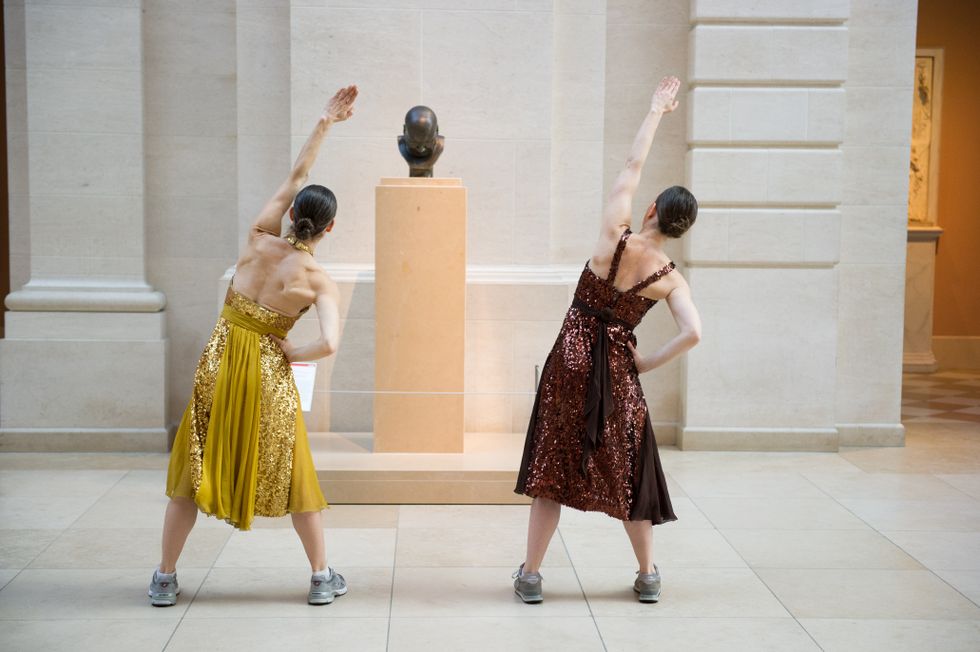
Photo by Paula Lobo, Courtesy Met Museum
We’ll see more creative dance-based experiences.
As more of our lives get sucked up by social media, people are craving unique real-life experiences…even if they really just want to experience something they can show off on Instagram.
Expect to see more dance projects capitalizing on this, with work in museums, breweries and apartments; more intimate immersive and interactive pieces; surprising pop-ups; and creative new ways of presenting dance without requiring audiences to sit silently in a theater.




